Ilya Kulikov
Importance of a Search Strategy in Neural Dialogue Modelling
Nov 02, 2018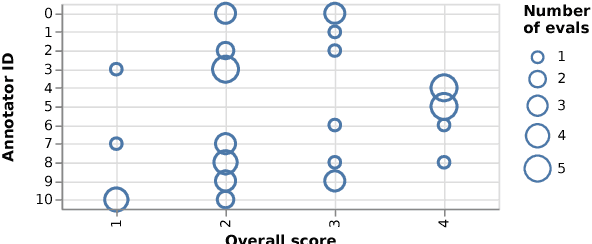



Abstract:Search strategies for generating a response from a neural dialogue model have received relatively little attention compared to improving network architectures and learning algorithms in recent years. In this paper, we consider a standard neural dialogue model based on recurrent networks with an attention mechanism, and focus on evaluating the impact of the search strategy. We compare four search strategies: greedy search, beam search, iterative beam search and iterative beam search followed by selection scoring. We evaluate these strategies using human evaluation of full conversations and compare them using automatic metrics including log-probabilities, scores and diversity metrics. We observe a significant gap between greedy search and the proposed iterative beam search augmented with selection scoring, demonstrating the importance of the search algorithm in neural dialogue generation.
Vehicle Communication Strategies for Simulated Highway Driving
Aug 14, 2018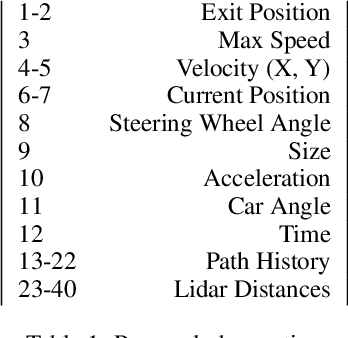
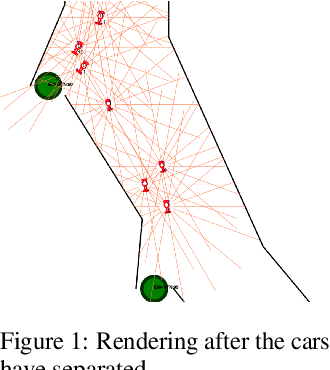
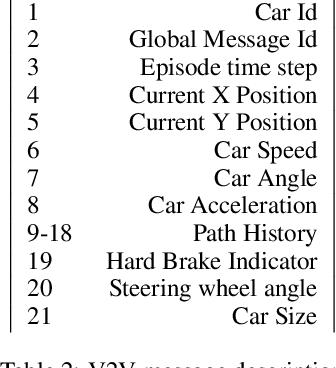

Abstract:Interest in emergent communication has recently surged in Machine Learning. The focus of this interest has largely been either on investigating the properties of the learned protocol or on utilizing emergent communication to better solve problems that already have a viable solution. Here, we consider self-driving cars coordinating with each other and focus on how communication influences the agents' collective behavior. Our main result is that communication helps (most) with adverse conditions.
RETURNN: The RWTH Extensible Training framework for Universal Recurrent Neural Networks
Jan 10, 2017

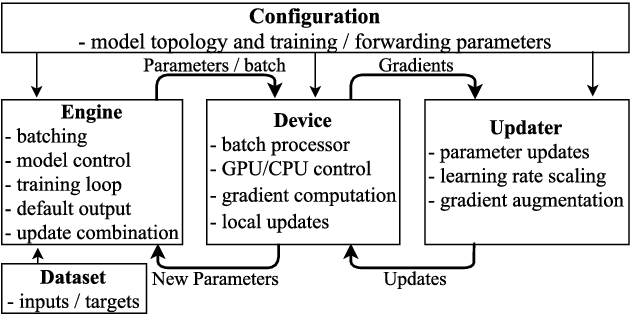
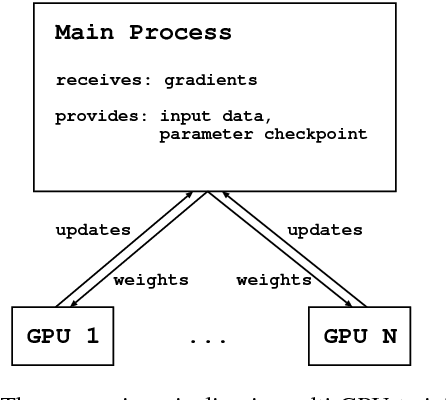
Abstract:In this work we release our extensible and easily configurable neural network training software. It provides a rich set of functional layers with a particular focus on efficient training of recurrent neural network topologies on multiple GPUs. The source of the software package is public and freely available for academic research purposes and can be used as a framework or as a standalone tool which supports a flexible configuration. The software allows to train state-of-the-art deep bidirectional long short-term memory (LSTM) models on both one dimensional data like speech or two dimensional data like handwritten text and was used to develop successful submission systems in several evaluation campaigns.
 Add to Chrome
Add to Chrome Add to Firefox
Add to Firefox Add to Edge
Add to Edge